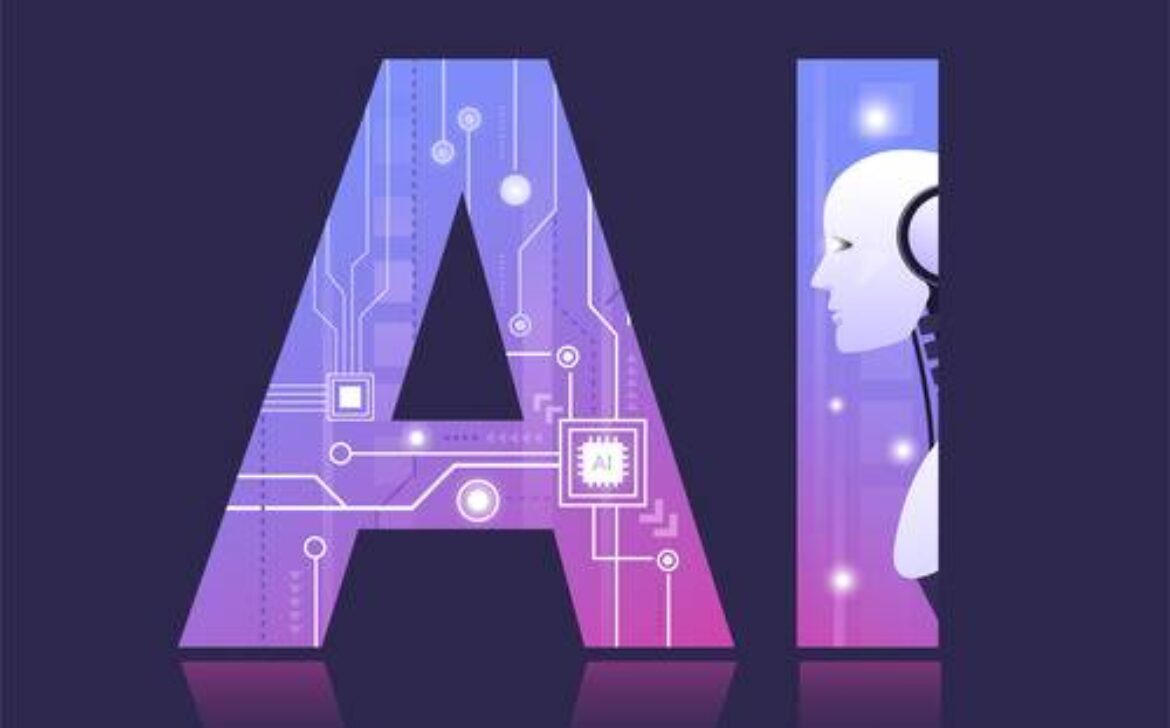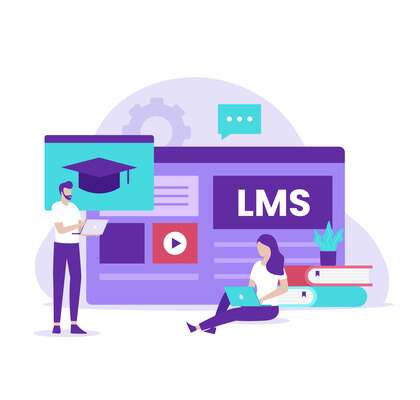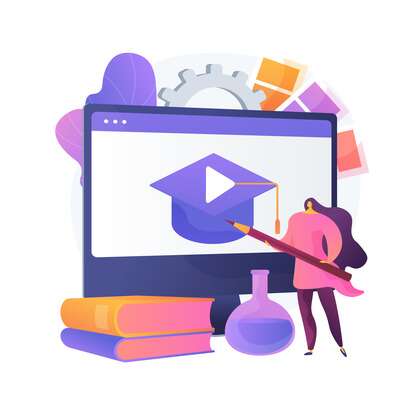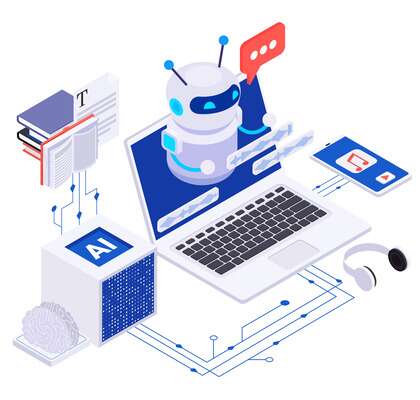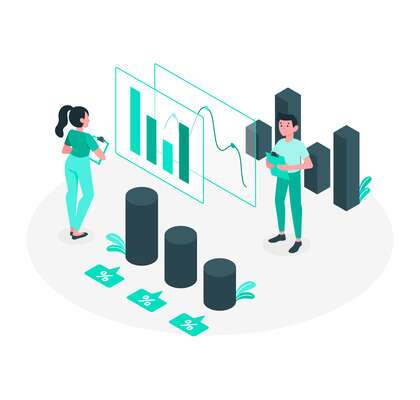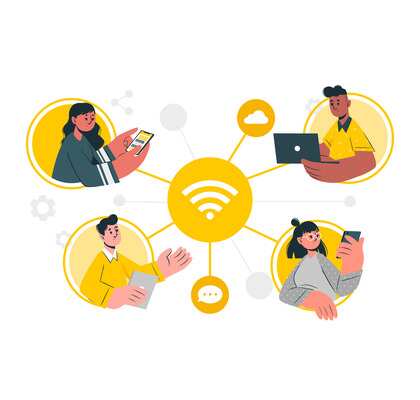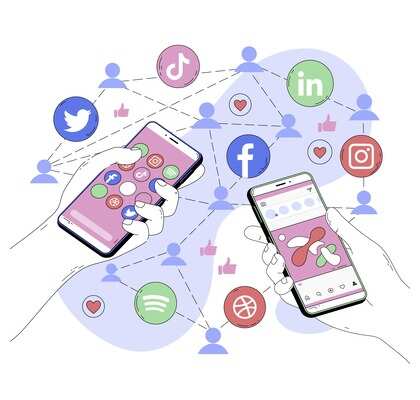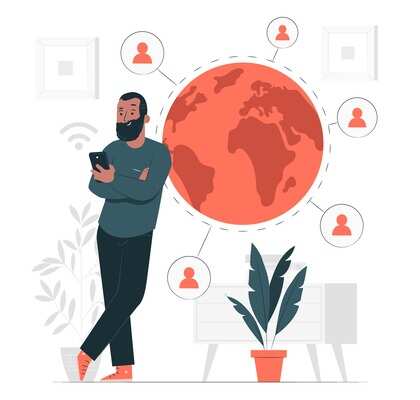The Future of Artificial Intelligence: Trends and Implications
The Future of Artificial Intelligence: Trends and Implications
Introduction
Artificial Intelligence (AI) has emerged as a transformative force that is reshaping various aspects of our lives, from technology and business to healthcare and transportation. As AI continues to advance at a rapid pace, it is crucial to explore the trends and implications that lie ahead. In this article, we delve into the future of artificial intelligence, highlighting key trends and discussing their potential implications for society, economy, and ethics.
Continued Growth in Machine Learning and Deep Learning
Machine learning and deep learning algorithms have been at the forefront of AI advancements in recent years. The future holds even more potential for growth in these areas. Machine learning algorithms will become more sophisticated, allowing systems to analyze and interpret vast amounts of data with increased accuracy. Deep learning models, inspired by the neural networks of the human brain, will continue to evolve and tackle complex problems in areas such as image and speech recognition, natural language processing, and autonomous decision-making.
Implications: The increased capabilities of machine learning and deep learning will fuel the development of AI-powered applications across industries. From personalized healthcare and smart homes to autonomous vehicles and intelligent virtual assistants, these advancements will bring about improved efficiency, enhanced user experiences, and new opportunities for innovation.
Expansion of AI in Edge Computing
Edge computing involves processing and analyzing data closer to the source, reducing latency and improving real-time decision-making. As the number of connected devices and sensors increases, AI will play a vital role in processing the vast amounts of data generated at the edge. By deploying AI algorithms directly on edge devices, such as smartphones, IoT devices, and autonomous drones, we can expect faster and more efficient data processing, enabling real-time insights and actions.
Implications: The integration of AI with edge computing will lead to significant advancements in areas such as smart cities, industrial automation, and autonomous systems. Real-time monitoring and analysis of data at the edge will enhance efficiency, enable quick response times, and enable autonomous decision-making in various domains.
Ethical Considerations and Responsible AI Development
As AI becomes more pervasive, ethical considerations surrounding its development and deployment become increasingly important. There will be a growing focus on ensuring responsible AI practices, including fairness, transparency, and accountability. Organizations and policymakers will need to establish guidelines and regulations to address issues like bias in AI algorithms, data privacy, and the impact of AI on jobs and society.
Implications: Responsible AI development will be crucial in avoiding unintended consequences and ensuring equitable and ethical use of AI technologies. Transparency in AI algorithms, robust data privacy measures, and collaboration between stakeholders will be essential to building trust in AI systems and ensuring that they benefit society as a whole.
Enhanced Human-Machine Collaboration
Rather than replacing humans, AI will continue to augment human capabilities and enable more effective collaboration between humans and machines. AI technologies, such as natural language processing and computer vision, will empower individuals to interact with machines more seamlessly. AI-powered tools and virtual assistants will assist in decision-making, automate repetitive tasks, and provide valuable insights, enabling humans to focus on higher-level thinking, creativity, and problem-solving.
Implications: The future of AI involves creating a symbiotic relationship between humans and machines, where each leverages their unique strengths. Enhanced collaboration will lead to increased productivity, improved decision-making, and the exploration of new possibilities across various domains, including healthcare, education, and scientific research.
AI in Healthcare and Personalized Medicine
The healthcare industry stands to benefit significantly from AI advancements. AI-powered systems can analyze vast amounts of medical data, assist in diagnosis, predict disease outcomes, and recommend personalized treatments. Machine learning algorithms can identify patterns and biomarkers that are crucial for early detection of diseases, improving patient outcomes and reducing healthcare costs.
Implications: AI in healthcare has the potential to revolutionize patient care, enable preventive medicine, and support healthcare professionals in making accurate diagnoses and treatment decisions. However, ethical considerations, data privacy, and maintaining a balance between human judgment and AI recommendations remain critical areas of focus.
Addressing the Socioeconomic Impact of AI
The widespread adoption of AI technologies will undoubtedly have socioeconomic implications. While AI has the potential to create new job opportunities and drive economic growth, it may also disrupt certain industries and lead to job displacement. As AI becomes more integrated into society, it is crucial to address the impact on the workforce, reskilling and upskilling programs, and the need for social safety nets to ensure a smooth transition.
Implications: Preparing the workforce for the future of work will be vital to mitigate the negative effects of job displacement. Governments, educational institutions, and industries will need to collaborate to provide training and lifelong learning opportunities that equip individuals with the skills necessary to thrive in an AI-driven economy.
Conclusion
The future of artificial intelligence holds immense potential to transform various sectors and impact society at large. As AI continues to evolve, the trends discussed in this article, including the growth of machine learning and deep learning, the expansion of AI in edge computing, ethical considerations, enhanced human-machine collaboration, AI in healthcare, and addressing the socioeconomic impact, will shape the trajectory of AI development. By understanding these trends and actively addressing their implications, we can ensure that AI technologies are harnessed responsibly and ethically to benefit humanity.

